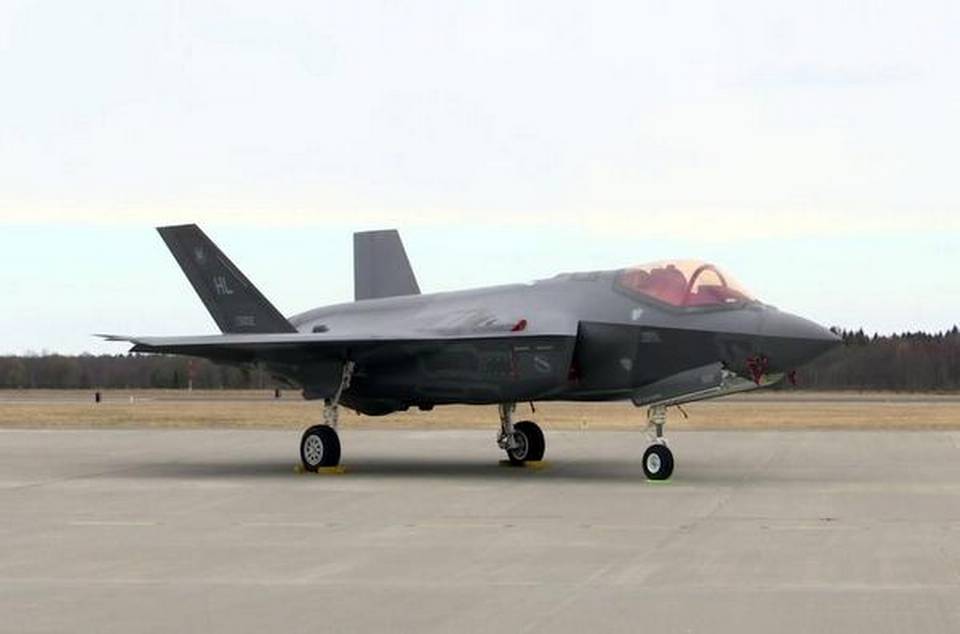Japan will accelerate spending on advanced stealth fighters, long-range missiles and other equipment over the next five years to support U.S. forces facing China s military in the Western Pacific, two new government defencepapers said.
The plans are the clearest indication yet of Japan s ambition to become a regional power as a military build-up by China and a resurgent Russia puts pressure on its U.S. ally.
The United States remains the world s most powerful nation, but national rivalries are surfacing and we recognise the importance of the strategic competition with both China and Russia as they challenge the regional order, said a 10-year defence programme outline approved by Prime Minister Shinzo Abe s government on Tuesday.
The United States, followed by China, North Korea and Russia, are the countries that most influenced Japan s latest military thinking, the paper said.
China, the world s second biggest economy, is deploying more ships and aircraft to patrol waters near Japan, while North Korea has yet to fulfil a pledge to dismantle its nuclear and missile programmes.
Russia, which continues to probe Japanese air defences, said on Monday it had built new barracks for troops on a northern island it captured from Japan at the end of World War Two.
More stealth fighters
Japan plans to buy 45 Lockheed Martin Corp F-35 stealth fighters, worth about $4 billion, in addition to the 42 jets already on order, according to a separate five-year procurement plan approved on Tuesday.
The new planes will include 18 short take off and vertical landing (STOVL) B variants of the F-35 that planners want to deploy on Japanese islands along the edge of the East China Sea.
The islands are part of a chain stretching past Taiwan and down to the Philippines that has marked the limit of Chinese military dominance east of the disputed South China Sea.
Japan s decision to acquire more F-35s is a testament to the aircraft s transformational capability and its increasing role in promoting regional stability and enhancing the US-Japan security alliance, Lockheed Martin said in a statement.
The navy s two large helicopter carriers, the Izumo and Kaga, will be modified for F-35B operations, the paper said.
The 248-metre (814 ft) long Izumo-class ships are as big as any of Japan s aircraft carriers in World War Two. They will need reinforced decks to withstand the heat blast from F-35 engines and could be fitted with ramps to aid short take-offs, two defence ministry officials told Reuters.
Trade war threat
The new F-35 order may also help Japan avert a trade war with the United States.
U.S. President Donald Trump, who has threatened to impose tariffs on Japanese car imports, thanked Mr. Abe for buying the F-35s when the two met at a summit in Argentina this month.
Other U.S.-made equipment on Japan s shopping list includes two land-based Aegis Ashore air defence radars to defend against North Korean missiles, four Boeing Co KC-46 Pegasus refuelling planes to extend the range of Japanese aircraft, and nine Northrop Grumman E-2 Hawkeye early-warning planes.
Japan plans to spend 25.5 trillion yen ($224.7 billion) on military equipment over the next five years, 6.4 percent higher than the previous five-year plan. Cost-cutting will free up another 2 trillion yen for purchases, the procurement paper said.
Japan only spends about 1 percent of its gross domestic product (GDP) on defence, but the size of its economy means it already has one of the world s largest militaries.
The budget is increasing and there has been an acceleration to deploy capability as soon as possible, Robert Morrissey, head of Raytheon Co s unit in Japan, said this month.
Wary of North Korean promises to abandon ballistic missile development, Japan s military is buying longer-range Raytheon SM-3 interceptor missiles to strike enemy warheads in space.
The defence papers assessed non-traditional military threats as well. A new joint-forces cyber unit will bolster Japan s defences against cyber attacks. More electronic warfare capabilities are planned.
Japan s air force will also get its first space unit to help keep tabs on potential adversaries high above the Earth s atmosphere. ($1 = 113.4800 yen)


